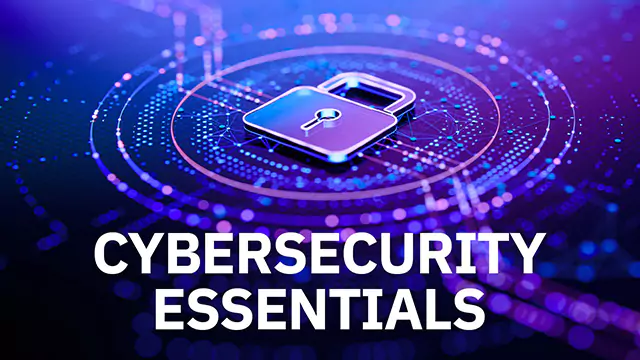Cybersecurity Essentials
Description:
Learn how to secure data and systems against threats, vulnerabilities, and unauthorized access. Cybersecurity is critical for protecting privacy, business data, and online assets.
Learning Objectives:
-
Understand cyber threats and attacks
-
Learn encryption basics
-
Implement security best practices
-
Understand firewalls and antivirus tools
-
Get introduced to ethical hacking
Detailed Content:
8.1 What is Cybersecurity?
Cybersecurity protects networks, devices, programs, and data from attacks, damage, or unauthorized access.
8.2 Types of Cyber Threats
-
Malware: Viruses, worms, spyware, ransomware
-
Phishing: Fake emails or sites to steal credentials
-
Man-in-the-Middle (MITM): Intercepting communication
-
SQL Injection: Injecting malicious code into databases
-
Denial of Service (DoS): Overloading servers to crash them
8.3 Security Concepts
-
CIA Triad:
-
Confidentiality: Prevent unauthorized access
-
Integrity: Ensure data is not altered
-
Availability: Ensure systems are accessible
-
8.4 Encryption Basics
-
Symmetric encryption: Same key for encrypt/decrypt (AES)
-
Asymmetric encryption: Public/private keys (RSA)
-
Hashing: One-way functions (SHA-256) for password storage
8.5 Network Security
-
Firewalls to block unauthorized traffic
-
VPNs to encrypt internet connections
-
IDS/IPS systems to detect and prevent intrusions
8.6 System Security
-
OS updates and patching
-
Antivirus and antimalware tools
-
Password policies and multi-factor authentication
8.7 Introduction to Ethical Hacking
-
Penetration Testing: Testing systems for vulnerabilities
-
Tools: Kali Linux, Nmap, Metasploit
-
Legal and ethical considerations








